
Wojciech Bąkowski’s exhibition Route Phantom at Neuer Essener Kunstverein, organized on the occasion of the most recent edition of the public project Ruhr Ding: Schlaf (curated by Britta Peters), was catchily announced as the artist’s first solo show in a foreign institution. Impossible, I thought instinctively. After all, Bąkowski is an artist who has been around – over the course of the past several years he participated in many major exhibitions and international art fairs, has won the recognition of critics and the public, created several music bands, became an academic teacher, has had a feature film made about him; there is no doubt that he will have a place in the canon of the history of Polish art. I will refrain from further chronicle enumeration. Suffice it to say, it’s true, the last solo exhibition by Bąkowski outside of Warsaw’s Stereo Gallery took place eight years ago. So so long ago.
With such a precedent, the exhibition in Essen (prepared by Moritz Scheper) looks modest and familiar in terms of arrangement. No wonder. Bąkowski’s exhibitions have never consisted of complex, exuberant set designs. Also, art galleries have recently properly calibrated the habits of their audience – pictures hung on an axis one after the other has been the dominant arranging scheme in recent years. However, if someone expected a powerful surprise from the latest exhibition by Bąkowski, some new artistic opening – he may feel a slight disappointment. I remember the last solo exhibition of the artist at Stereo in 2021, where about twenty drawings and a sound object made of cardboard were presented. At Kunstverein Essen we get basically the same thing, only more so. Although all the works are new, at the stylistic level they are still the same charcoal drawings on specially rubbed cardboard. The general formula of the exhibition is exactly the same – almost twenty drawings plus a cardboard sound object. Identical, well-framed works, which is also worth mentioning. Their slightly rounded corners turn out to be the only novelty.

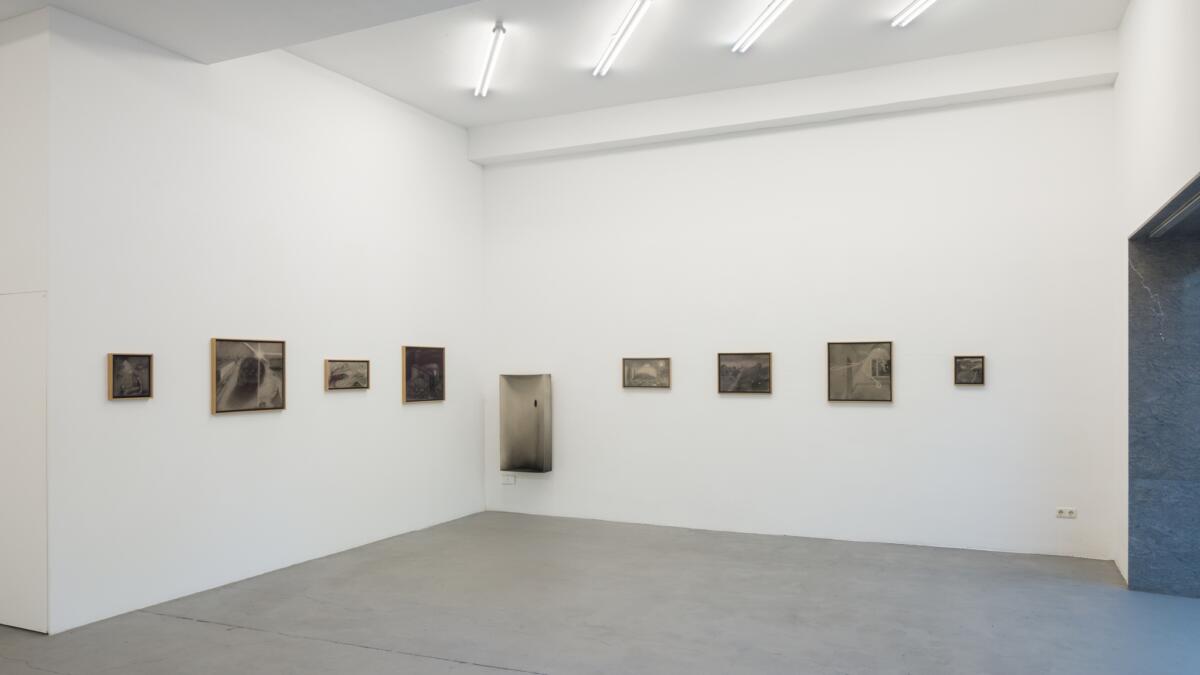
So is Bąkowski’s work an example of refinement culture? Cosmetic, safe visual changes confirming the artist’s earlier conceptual and formal choices? For the sake of perversity, one would like to answer in the affirmative, but it is enough to look at Bąkowski’s drawings for longer than the proverbial five seconds to treat the allegation just as an insignificant footnote. What for the majority of today’s figurative art becomes a general, tiring tendency, for Bąkowski is the background. His work holds up not because it’s formulaic, but because it’s serious: visually dense, emotionally both heavy and euphoric, and technically outstanding.
In his latest works, Bąkowski focuses primarily on two themes: memories of his youth and his own lucid dreams. However, we will not see any fascinating family or dream stories in them, working through intergenerational traumas or errant knights straight from fairy tales. The artist’s compositions are filled with strawberries, a communist 10,000 zloty banknote, maps of Poznań tram lines, a plastic net with a carp, and chess pieces. Blocks of flats, trams, rooms, beds, radiators, shower heads, lamps – constant props of Bąkowski’s art – also return. The artist skilfully weaves both orders together, the result of which we can never be entirely sure of what character the depicted scene has. This is largely due to his technical execution. The effects are that of a peculiar coarse-grained haze, similar to 19th century pictorial photography printing techniques such as gum dichromate, which Bąkowski achieves by drawing with charcoal on rubbed cardboard. This well emphasizes situations and images related to the process of remembering; overlapping memories, or gaps in memory.
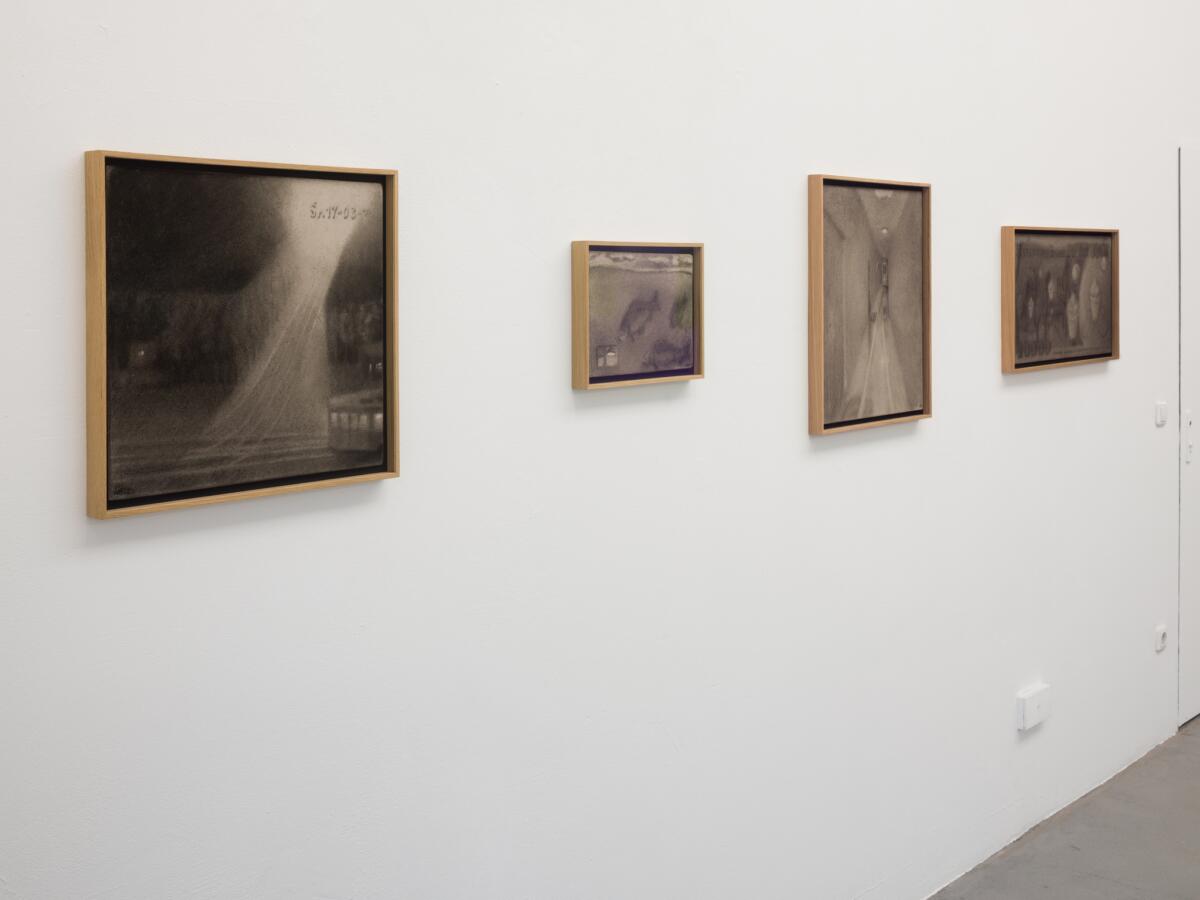

Literal, divinatory reading of the situation and the objects from Bąkowski’s drawings as specific symbols from the dream book, of course, misses the point. The Polish banknote from the 1980s presented in the work 10,000 (2022) probably has more to do with a general pleasant memory (perhaps a memory from childhood, the taste of ice cream that could be bought for this same money) than a warning about stinginess. It is more tempting to treat Bąkowski’s work as a visualization of dream logic on the basis of a testimony: I have been where you have not been, look son, what strange dreams I have. This also seems limiting to me. True, six-fingered hands are said to be common in lucid dreams (Polidactyly 2, 2022), but it’s also common in the waking state. It is difficult to unambiguously pin down the reality presented in Bąkowski’s works. She is flimsy and fleeting. A bit like in the works of Bruno Schulz, everyday situations, objects or views appear to us only as a pretext. They are anchor points for a series of mental activities squeezed together – memories, imaginations, emotions, longings.
Fortunately, this thicket does not overwhelm, because Bąkowski is not a storyteller. The plot and the anecdote are of secondary importance to him. These are very physiological and vibrant, feverish works. They can bring to mind sensual experiences of hallucinations, awakenings, predictions or perhaps even alcoholic hangovers. In many cases, scales and sizes mix, the perspective loops or gets lost (The Moon, a Star, and an Overhead Light, 2020) and details – as in the worlds of computer games or google street view photos – cannot be read, leaving simple, flat textures (Inner Museum, 2022). Sometimes we are not able to see and recognize the presented elements at all, we have to guess them from the general, fuzzy and quivering shapes (After my death, 2022).

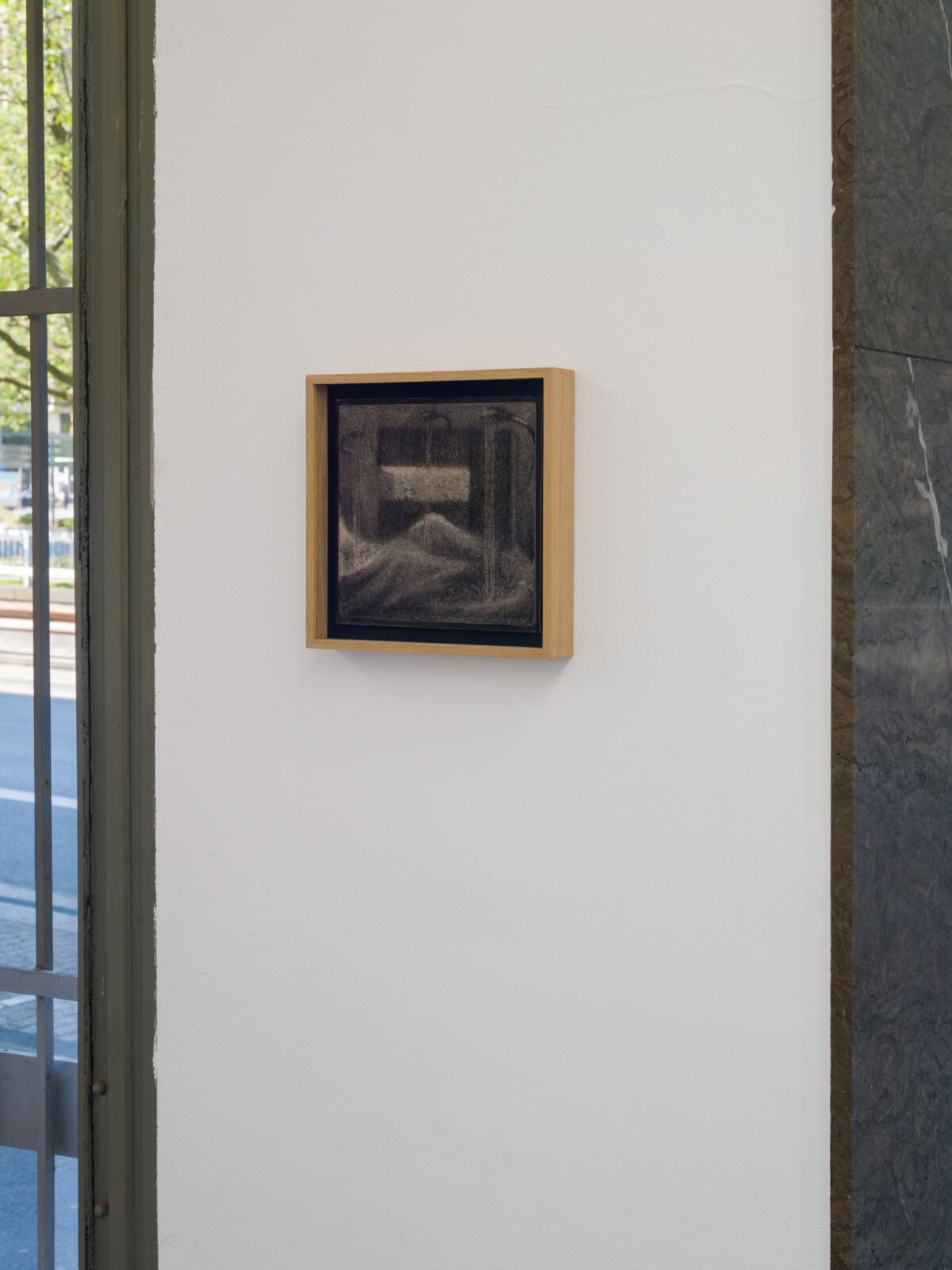
On the other hand, Bąkowski’s art is incredibly suggestive, imposing itself on the viewer. You can feel that we are dealing with internal states that the artist wants to share. However, he does not achieve this with superficial stylization or intellectual analogies, fawning over the audience. Even though at the level of dreams and memories I have little in common with these works, I stare at them as if they were a souvenir taken out of a drawer years later or an ancient drawing by my grandfather. Their intimate scale is inflated with a powerful dose of lived tensions. The stylistic and formal weight of Bąkowski’s drawings, all this expressive quivering, comes from here. Some fragments are very solid in their expression, even bombastic (light switches dominating the composition in an almost divine manner and mattresses scaled up to the size of a shopping mall), others barely stick (blurred and incomplete records of dates and times). None of the elements remain expressively neutral.
I think that this is simultaneously the main strength of this art and this exhibition. Wojciech Bąkowski does not need to reinvent his work every time, nor does he need to apply current, popular trends in figurative art to it. Arrangement and intellectual props also become redundant. The artist remains faithful to the principle that works are to attract only with their expression. They are poetic monuments of memories and the spiritual experiences of the author. They are primarily for admiration. And yet, looking at them carefully, universal alleys slowly emerge leading to the realization of one’s own exciting experiences at the junction of memory, imagination and everyday existence.
Edited by Ewa Borysiewicz and Katie Zazenski



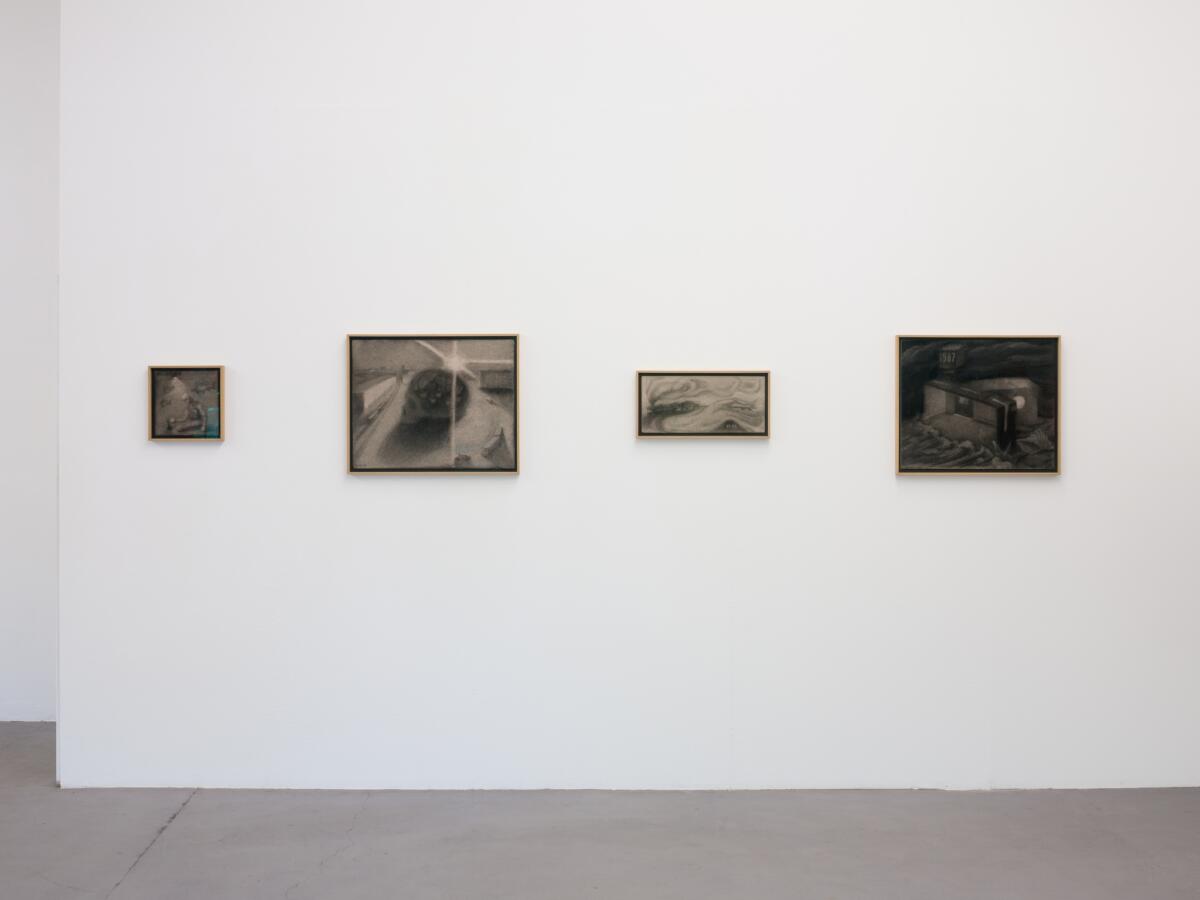
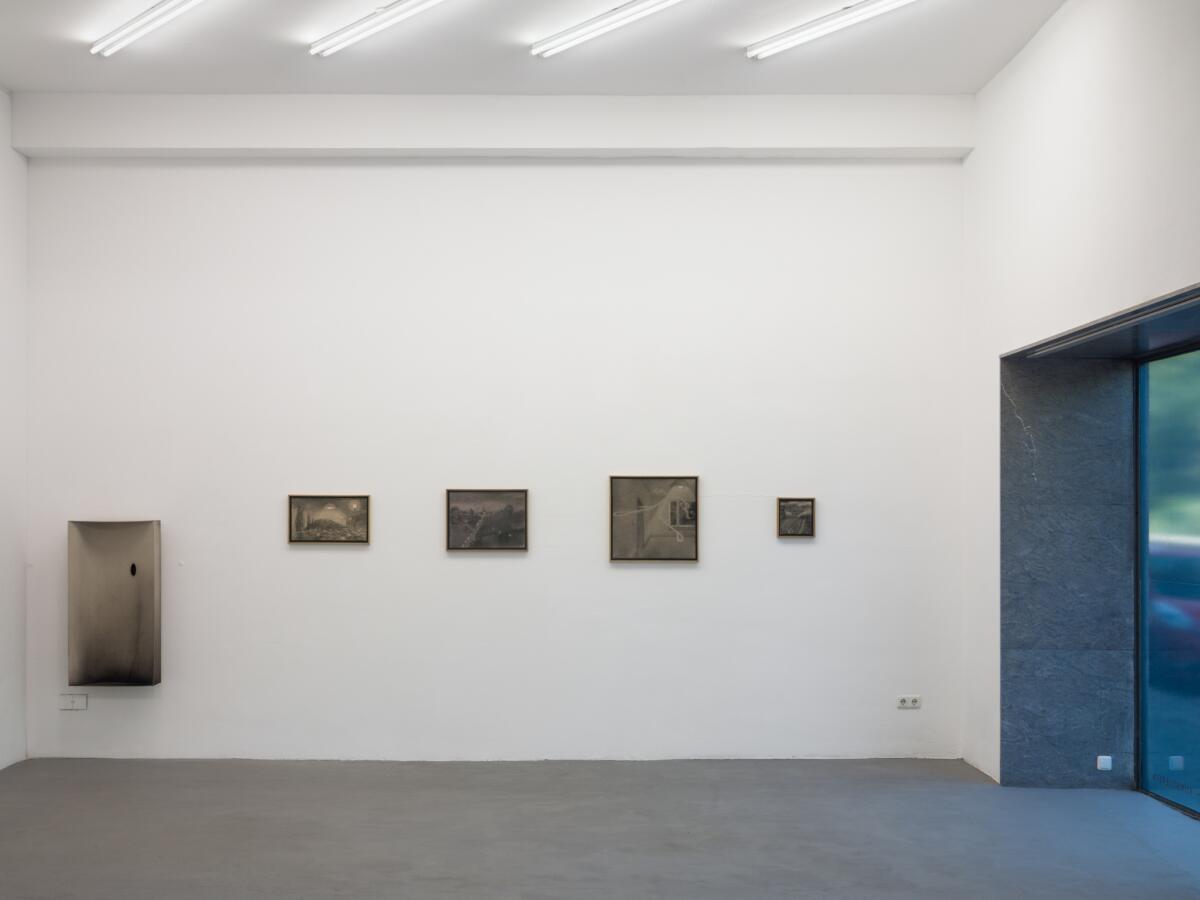

Imprint
| Artist | Wojciech Bąkowski |
| Exhibition | Route Phantom |
| Place / venue | Neuer Essener Kunstverein, Urbane Künste Ruhr |
| Dates | 07.05 - 30.07.2023 |
| Curated by | Moritz Scheper |
| Photos | Henning Rogge |
| Website | neuer-essener-kunstverein.de/23-bakowski |
| Index | Janek Owczarek Moritz Scheper Neuer Essener Kunstverein Ruhr Ding: Schlaf Urbane Künste Ruhr Wojciech Bąkowski |

